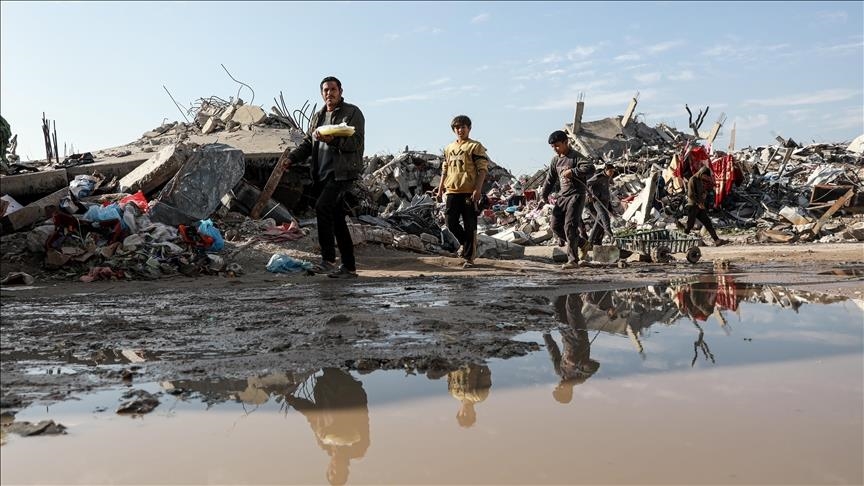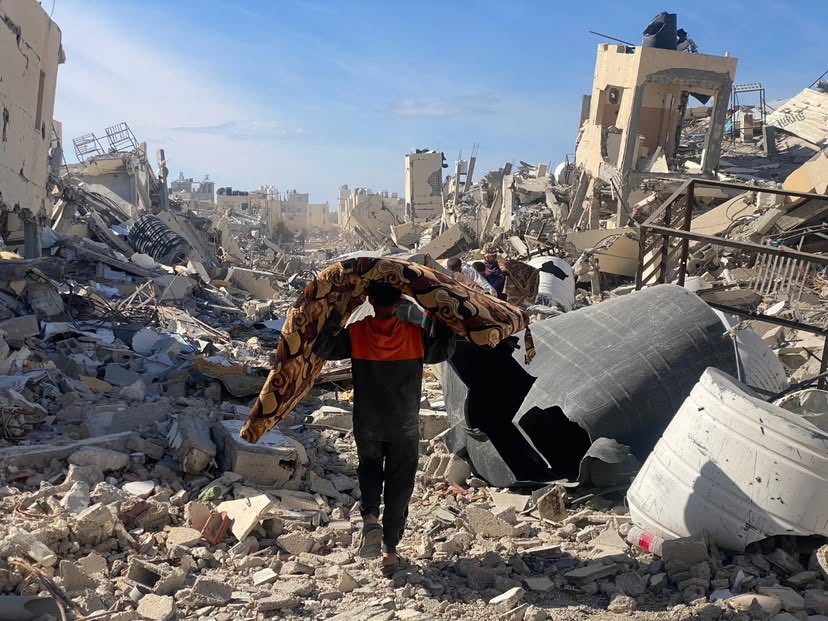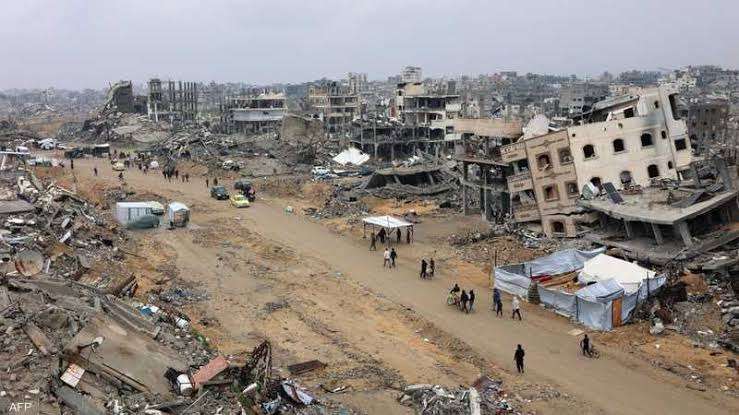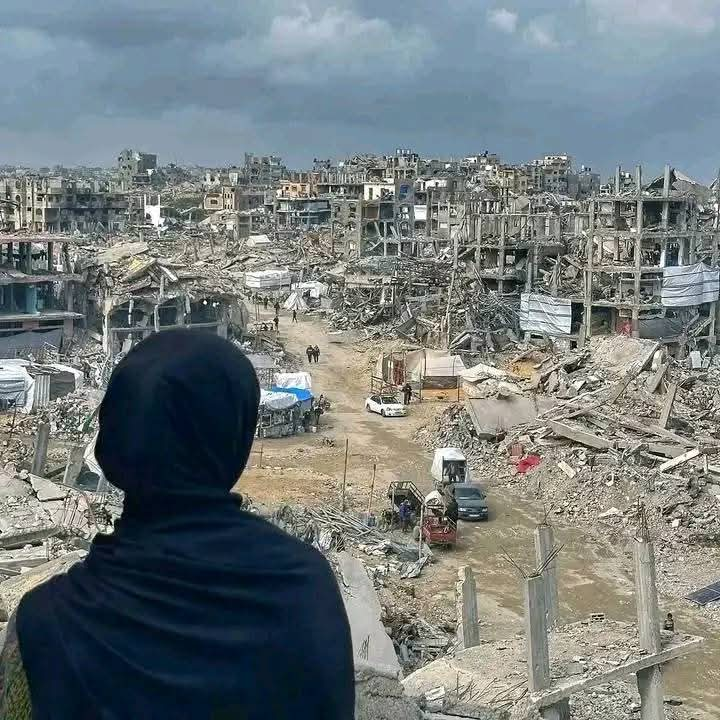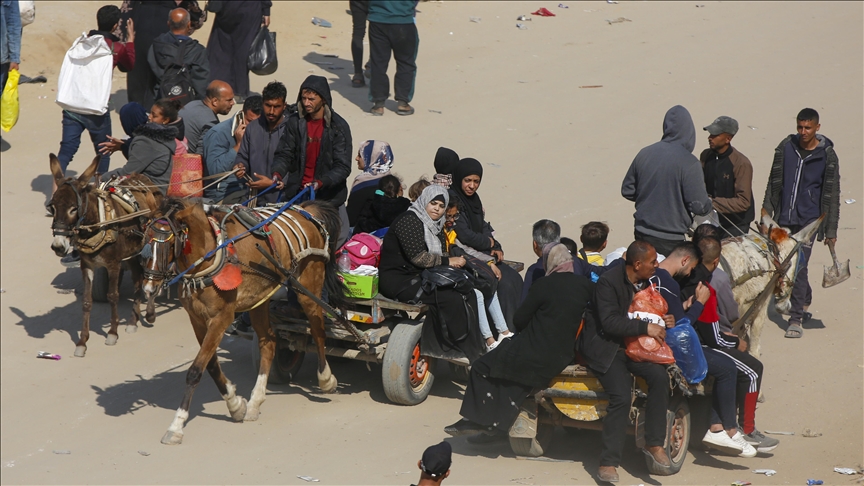The A, B, C to Rebuilding Gaza
By Dr Raad Mahmoud Al-Tal
According to the Gaza reconstruction plan report from the temporary Arab Summit in Cairo, Gaza’s economy shrank by 83 per cent in 2024. Unemployment rose to 80%, and inflation reached 309.4 per cent in October 2024 due to severe supply shortages. On the humanitarian side, 91 per cent of Gaza’s population faces food insecurity, and this number is expected to rise to 1.95 million by April 2025. The healthcare system is collapsing, with 64 per cent of primary health centers out of service, and 25 per cent of the injured require long-term rehabilitation. Education is also in crisis, with 745,000 children out of school because schools were either destroyed or used as shelters. Over a million children need psychological and social support, and there are between 17,000 and 18,000 unaccompanied children, which makes child care even more difficult.
The damage in Gaza is divided into three categories: areas completely destroyed, which need the rubble cleared and infrastructure rebuilt from scratch; semi-destroyed areas, which need repairs to restore basic services; and lightly damaged areas, which require limited work to restore services and ensure ongoing reconstruction. The damage is assessed by comparing the current situation to how things were before the crisis, and the affected assets are classified into three levels: fully destroyed, partially damaged, and lightly damaged.
The reconstruction plan has two phases. The first phase, early recovery, will take 6 months and cost $3 billion. This phase includes clearing rubble, repairing main roads, providing 200,000 temporary housing units, and restoring 60,000 damaged homes. The second phase, which is the main reconstruction phase, will take 5 years and cost $50 billion. It is split into two parts: The first part, lasting 2 years at a cost of $20 billion, involves finishing the rubble removal, building 200,000 homes, repairing 20,000 acres of farmland, and setting up water desalination plants and sewage treatment facilities. The second part, lasting 2.5 years at a cost of $30 billion, involves building 200,000 more homes, developing ports, creating an industrial zone, and building a coastal road.
Housing has been the hardest-hit sector, with 15,000 homes completely destroyed. The plan aims to build 150,000 new homes and provide 100,000 temporary homes, costing $15 billion. About 30 per cent of Gaza’s farmland was also destroyed, requiring the rehabilitation of 10,000 hectares at a cost of $5.6 billion. The water and electricity sectors also need significant investment to keep providing essential services to the people. The total cost of reconstruction is estimated at $53 billion over 10 years. The funds for this will come from international donors, humanitarian organizations, and local investments. Around $4.5 billion will be for development projects, and $18 billion will go toward infrastructure.
For the reconstruction plan to succeed, it is important to get enough financial resources to fix the huge damage in Gaza. This will help restore normal life and improve the economic and social situation, leading to long-term sustainable development. To ensure the plan works, it is crucial to have different sources of funding. These could include the United Nations, international financial organizations, donor countries, investment funds, government agencies, development banks, and civil society groups.
An international trust fund will be set up to manage the funds efficiently, ensuring transparency and proper oversight. The Egyptian government will also hold a high-level conference in Cairo, in partnership with the Palestinian Authority and the United Nations, to gather the necessary support for the reconstruction plan. This conference will bring together donor countries, international and regional financial institutions, the Palestinian and international private sectors, and civil society organizations. It will be a key event to secure financial resources and suggest investment projects that can be implemented with the help of supporting organizations.
The writer is head of the Economics Department – University of Jordan – r.tal@ju.edu.jo

